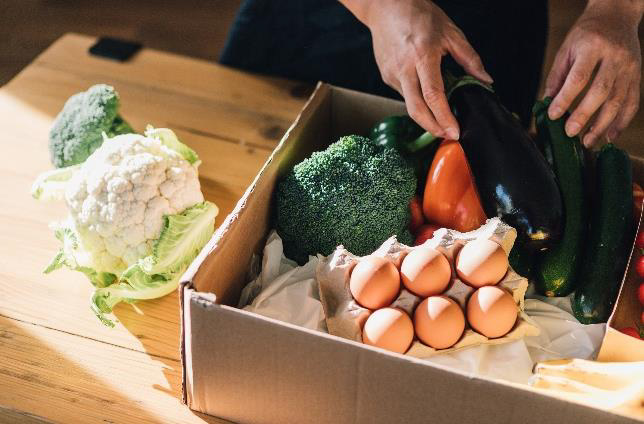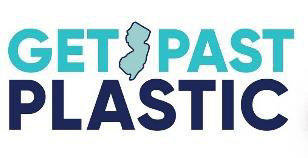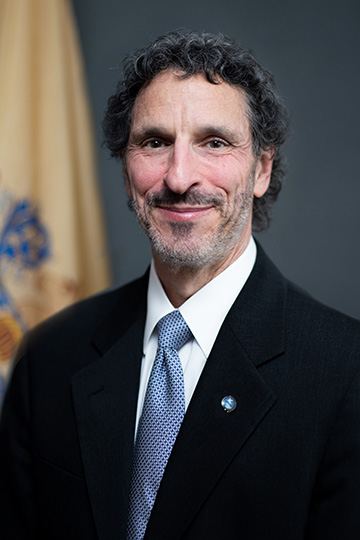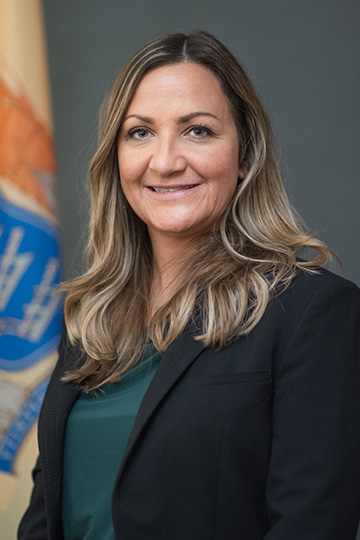
Bagless Delivery Food Safety Fact Sheet for Grocery Stores and Delivery Companies
Grocery stores and e-delivery companies can provide bagless delivery in two ways:
 New Jersey regulations allow for bagless delivery of groceries under N.J.A.C. 8:24, Sanitation in Retail Food Establishments and Food and Beverage Vending Machines.
New Jersey regulations allow for bagless delivery of groceries under N.J.A.C. 8:24, Sanitation in Retail Food Establishments and Food and Beverage Vending Machines.
The following are recommendations for ensuring food safety with bagless delivery.
Transportation
The driver should protect the integrity of the products in transport. For example, using boxes or crates with lids allows for stacking delivery orders during transit (N.J.A.C. 8:24-3.3(z)).
Drivers should also use coolants, a cooler, or an insulated bag during transit for frozen and refrigerated items to prevent pathogen growth when the estimated time to deliver an item will be too long for the item to maintain its temperature.
Separation of TCS Foods
Time/Temperature Control for Safety (TCS) foods, also known as potentially hazardous foods (e.g., raw meat), and loose produce should be separated from other items using a plastic bag that is exempt from the ban on single-use plastic bags (N.J.S.A. 13:1E-99.126 et seq.) or transported in a separate box or crate (N.J.A.C. 8:24-3.3(c)).

Delivery Receiving Methods
Customers who choose bagless delivery options should be asked to be home for the delivery or to leave a crate, box, or reusable bags at their door. The deliverer should transfer the purchase from their carrying method (box, crate, or bags) into the customer’s container at their door.
Maintaining Cleanliness
Consistent with all bagged deliveries, food deliverers should inspect vehicles frequently to ensure that vehicle interiors are clean and free from debris. Additionally, these deliverers must ensure that TCS foods are stored separately from produce and ready to eat foods (N.J.A.C. 8:24-3.3). If the delivered food is wrapped, the driver’s carrying method (box, crate, or bags) is not considered a “food-contact surface” (N.J.A.C. 8:24-1.5). A food-contact surface is a surface of equipment or utensil with which food normally comes into contact, or from which food may drain, drip, or splash into a food or onto a surface normally in contact with food. If food comes into contact with the driver’s carrying method, the container should be cleaned and sanitized before reuse to prevent contamination.1 Drivers should visually inspect their carrying method throughout the day to ensure cleanliness is maintained. At the end of each shift, any bags and crates that will be reused should be washed.
Protection from Contamination
Food deliverers should protect food packaging integrity to ensure that food is not ruined or contaminated (N.J.A.C. 8:24-3.2(j)). In doing so, drivers and deliverers should check that their carrying methods (bag, box, or crate) are also intact and strong enough to carry or contain the food.
Safe Storage of Reusables
If food deliverers have a reusable carrying method (crate, box, bag, etc.), they should store them in clean environments to prevent contamination and so that they are inaccessible to insects and rodents.
Contact
For any questions or concerns about the Plastics Advisory Council and its work, please contact Julia Rossi at singleuseplastics@dep.nj.gov, or call (609) 984-4250
















